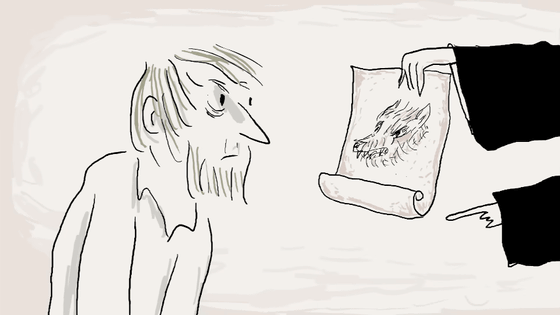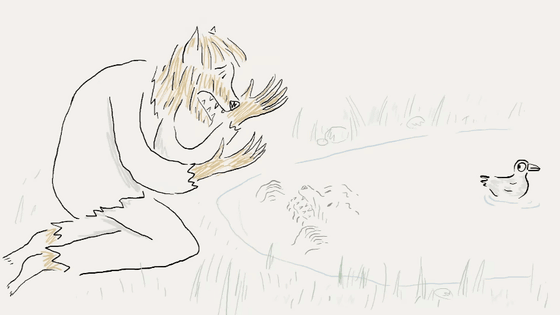What is the history of the 'werewolf' that appears in the story?

TED-Ed, a YouTube channel that posts animated commentary videos, explains the history of how the ``wolf man'' or ``werewolf'' known in fantasy works and games has been depicted. .
In 1589, a man named Peter Stubbe was put on trial in the German town of Bedburg on several serious charges, including murder, assault, and eating human flesh. During the trial, the man claimed that the devil had magically turned him into a 'werewolf,' which caused him to transform into a wolf and commit horrific acts.

This trial is reported as the real-life ``The Werewolf of Bedburg,'' but stories featuring werewolves have existed for a long time. Werewolf stories are common in European literature and folklore, especially in cultures where wolves are natural enemies, destroying livestock and crops.

The image of werewolves continues to change, often reflecting the fears and prejudices of the time. In early stories, he was often portrayed sympathetically as a victim of a curse who unexpectedly transforms into a werewolf and longs to return to his original form.

Werewolves also appear in

In addition, there is a werewolf story written in the 12th century called `` Bisclavret '', in which a knight was transformed into a wolf by his wife's cunning, and although he still served the king with a noble spirit, he eloped with his wife and wife. It depicts him harboring strong hatred towards another knight.

Another trend in early werewolf stories was the use of werewolves as symbols of fear of the darker side of human nature, including taboos such as cannibalism and murder. In ancient Greek mythology, Lycaon, the king of Arcadia, tried to trick the gods into eating human flesh and was turned into a wolf by Zeus.

As Christianity spread across Europe, the image of the werewolf became more closely associated with magic, sorcery, and pagan beliefs. In Europe at the end of the Middle Ages, the concept of ``witches'' who plotted to destroy Christian society spread, and large-scale

With the development of medicine and psychology, belief in werewolves disappeared by the 17th century.

But even though we stopped believing in werewolves, stories about werewolves didn't disappear. During

In the 20th century, werewolves began to appear not only in literature, but also in movies as a new setting. Along with their appearance in movies, modern characteristics such as ``If you are bitten by a werewolf, you will be infected with a curse'' and ``If you look at the full moon, you will turn into a wolf or a werewolf'' began to be depicted.

The image that ``looking at the full moon transforms into a werewolf'' is known to have been popularized by the 1935 movie ``

Werewolves are often said to have a 'silver bullet' weakness. This image was popularized by the 1941 film

After 1950, movies began to portray werewolves as something that affected teenagers. The werewolf here is used as a symbol of young male aggression and adolescent anxiety.

Werewolves have evolved through many changes, from images of wolves as pathetic beasts to images of primal fear, religious symbols, social discrimination and exclusion, metaphors for adolescence, and even feminist perspectives. Continuing.

Related Posts:
in Video, Posted by log1e_dh







